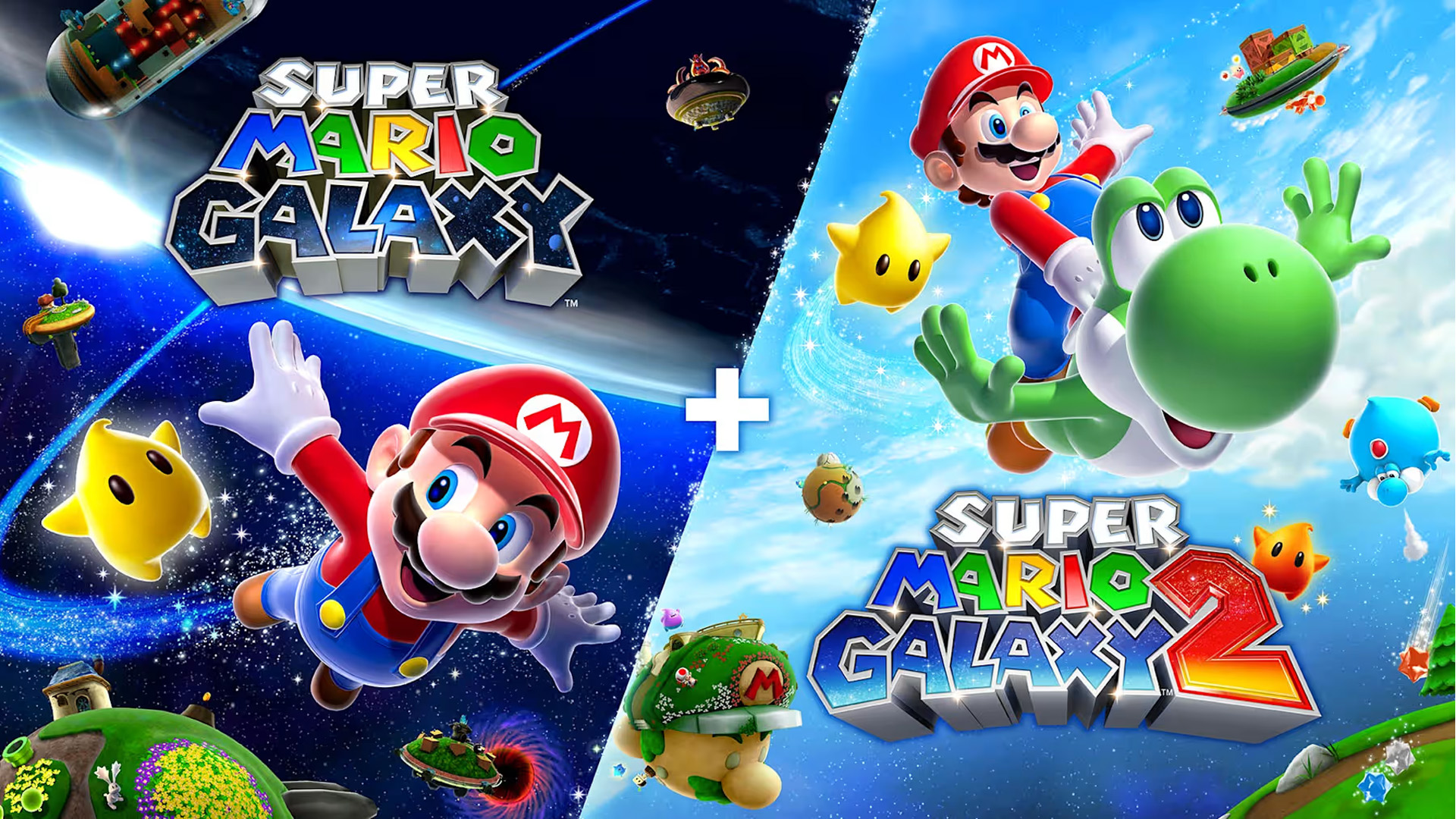This year signals four decades since the launch of the iconic 8-bit Super Mario Bros., yet Nintendo’s celebration lacks fresh releases beyond updated ports of Super Mario Galaxy and its sequel for Switch. Notably, Super Mario Galaxy 2 resurfaces for the first time since its 2010 Wii debut, now optimized for Switch 2 users via a complimentary upgrade. Do these cosmic adventures still shine, or have they fallen to gravity’s pull? Let’s launch into the details…
Disclaimer: This subjective analysis skips formal scoring for a succinct critique.
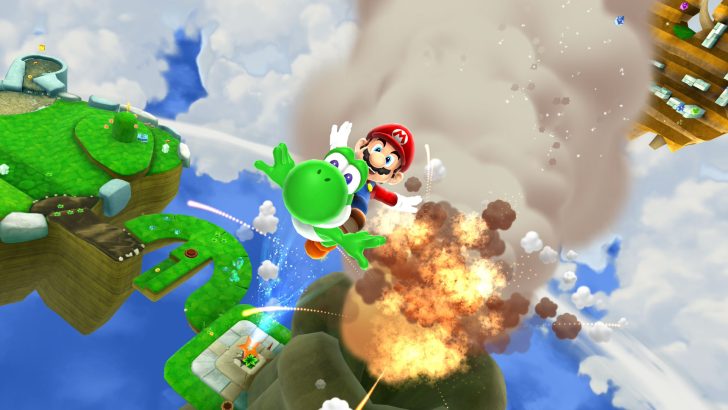
The Galaxy duology remains unparalleled in redefining 3D platforming. Most stages unfold across spherical terrains where Mario’s movement defies traditional physics, anchoring him to miniature worlds via gravitational pull. This setup enables creative level design—looping paths, rotating obstacles—while sidestepping camera frustrations common in open 3D spaces. Though inventive, the approach limits exploration compared to sprawling titles like Odyssey or Bananza.
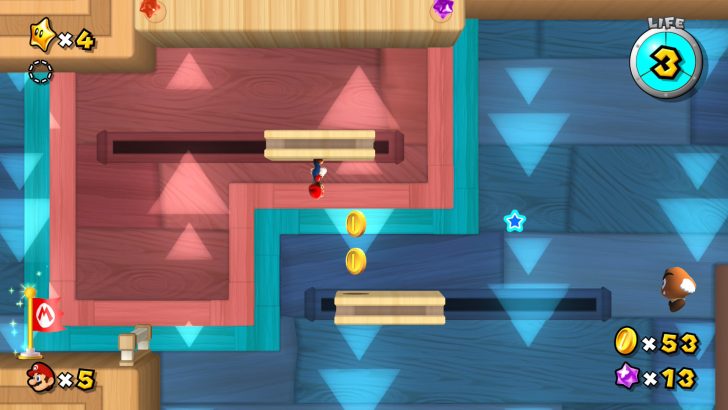



Galaxy 2 iterates subtly, introducing Yoshi’s move set alongside marginally tougher challenges. However, motion-controlled tongue mechanics feel clunkier than the original’s polish. While the sequel innovates, the first game’s tighter pacing and cohesive vision edge it ahead for me. Both titles deliver exhilarating set pieces—hurling through black holes, surfing on stardust—yet lack the layered secrets of modern Nintendo platformers, occasionally feeling sparse by comparison.
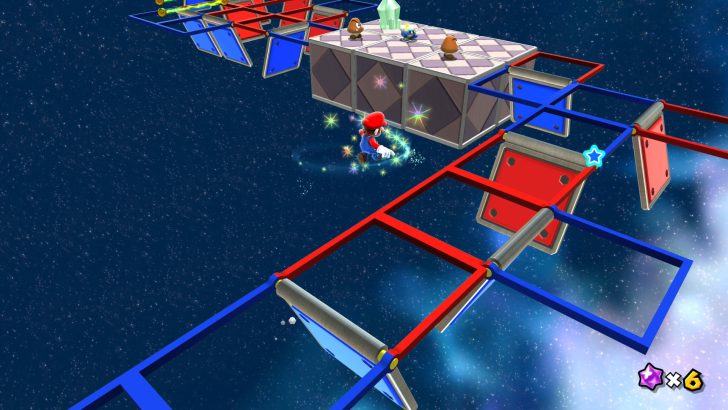



Adapting Wii Remote controls to Joy-Cons proves functional but imperfect. Gyro-based aiming lacks the precision of IR pointers, and split controllers can’t replicate the Nunchuk’s ergonomics. The remasters introduce Assist Mode—odd for games never known as punishing—and flesh out Rosalina’s backstory, though these tweaks feel peripheral rather than transformative.
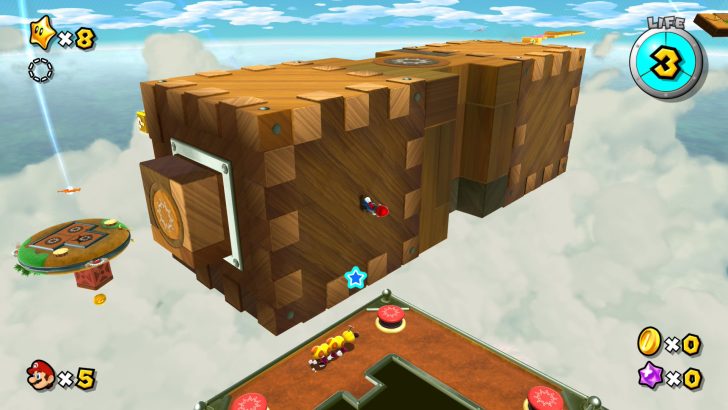



Visually, the remasters enhance textures and UI, with 4K support on Switch 2. Yet side-by-side comparisons with 2017’s 3D All-Stars reveal modest improvements. Oddly, pointer responsiveness seemed smoother in the older emulation. Nintendo offers flexible pricing: $70 for both games physically/digitally, or $40 each digitally—generous for 30–60 hours of polished platforming, albeit steep for veterans content with prior versions.
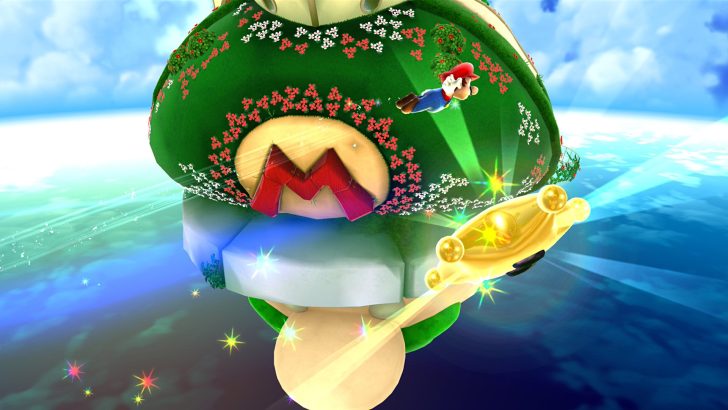



A Timeless Cosmic Journey
The Galaxy games remain masterclasses in focused, gravity-twisting platforming. These remasters honor their legacy with restrained but competent upgrades, ideal for newcomers or nostalgic fans. While lacking the depth of Nintendo’s recent experiments, they offer a breezier, spectacle-driven alternative. Your purchase hinges on prior exposure—doubling dip at $70 or cherry-pick digitally—but rest assured: Mario’s orbital escapades haven’t dimmed.
Super Mario Galaxy + Super Mario Galaxy 2 launches October 2 on Switch ($70 bundled, $40 standalone). Free Switch 2 upgrades apply for existing owners.
Follow Wccftech on Google News, or add us as a preferred source, to get our news coverage and reviews in your feeds.

